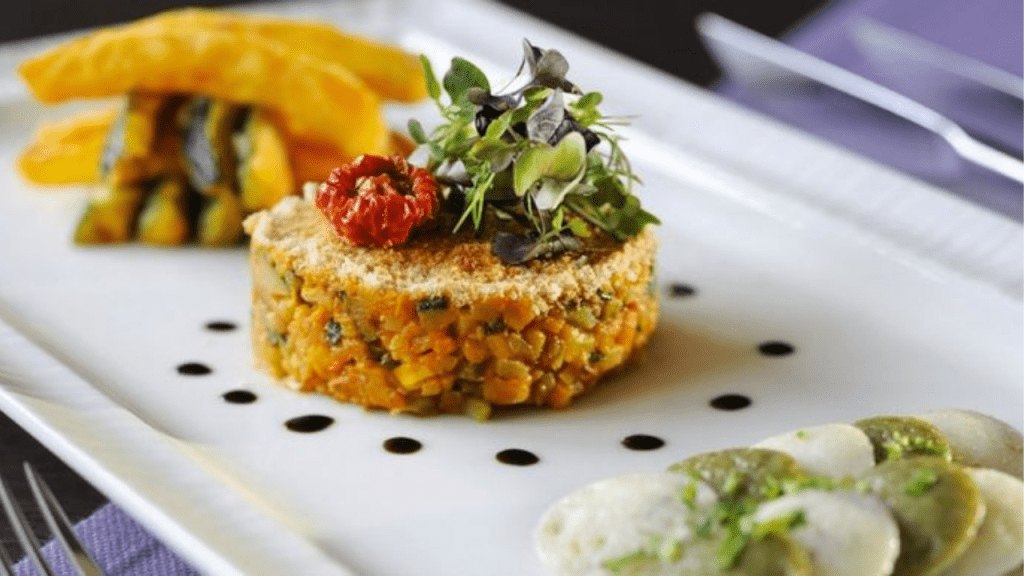Indian food is one of the most diverse and time-honored culinary traditions in the world. With a rich tapestry of spices, ingredients, and techniques passed down through generations, Traditional Indian Food is not just a meal — it’s a celebration of history and culture. However, the rise of global culinary trends has given birth to modern fusion dishes — think butter chicken pizza, paneer tacos, or masala quinoa bowls.
This shift in flavor and format brings up a burning question: Which is truly better — traditional or modern fusion? While fusion recipes offer convenience and creativity, traditional dishes are deeply rooted in health, heritage, and holistic nutrition. Let’s dive into this flavorful comparison.
What Defines Traditional Indian Food?
Traditional Indian Food is based on centuries-old recipes using local, seasonal, and mostly plant-based ingredients. These dishes often align with Ayurvedic principles, which emphasize balance, digestion, and overall well-being.
Core Features:
- Use of fresh, whole ingredients like lentils, grains, vegetables, and spices
- Recipes like dal tadka, khichdi, baingan bharta, and aloo gobi
- Slow cooking methods that enhance flavor and nutrient absorption
- Deep cultural, religious, and regional significance
What is Modern Indian Fusion?
Fusion cuisine blends traditional Indian flavors with global dishes, creating a modern take on old classics. While it’s trendy and Instagram-worthy, it often focuses more on taste and presentation than on nutrition or authenticity.
Examples Include:
- Tandoori pasta
- Butter chicken tacos
- Masala risotto
- Chai-infused desserts
Common Ingredients:
- Cream-heavy sauces, processed carbs, and sugary syrups
- Pre-packaged or fast-cook bases for convenience
- Cheese, refined oils, or artificial flavoring to enhance appeal
Indian-Spiced Vegetarian Shepherd’s Pie – A Hearty Meatless Comfort Dish
Masala Pasta Recipe
Health Comparison: Which Is Better for You?
Traditional Indian Food
- Pros:
- Rich in fiber, protein, and antioxidants
- Uses naturally fermented foods like dosa and idli batter
- Contains anti-inflammatory spices like turmeric and cumin
- Cons:
- Some dishes may be heavy in ghee or oil (modifiable)
Modern Fusion Food
- Pros:
- Creative, appealing to younger taste buds
- Easier to adapt to fast-paced lifestyles
- Cons:
- May include processed ingredients and high sodium
- Often lacks the nutritional balance of traditional meals
💡 Verdict: For long-term health benefits, traditional Indian food generally offers more whole-food nutrition and better digestion support.
Cultural Relevance: Why Fusion Exists and How It Reflects a Globalized India
Fusion food is not just a culinary trend — it’s a reflection of evolving identities and globalization. As Indians migrate across the world and cultures intertwine, food becomes a shared language. Traditional Indian food, deeply rooted in history, meets international cuisines in urban kitchens, restaurants, and food trucks.
You’ll find naan pizzas in New York, masala ramen in Tokyo, and tandoori chicken burgers in London — all showcasing how Indian flavors are merging with local tastes. For Indian millennials and Gen Z, fusion food is a bridge between their cultural heritage and modern lifestyle. It’s a way of staying connected to their roots while embracing global creativity.
Yet, it’s essential not to lose the essence of traditional Indian food in this process. Recipes that have stood the test of time carry not just taste but stories, values, and health philosophies. Fusion is best when it respects this foundation.
Can We Have the Best of Both Worlds?
Yes! The ideal approach may be to enjoy both styles in moderation. Traditional Indian food should be the foundation of your diet — full of time-tested goodness. Modern fusion can serve as a fun treat or creative spin on weekend menus. If fusion dishes can keep the health values of traditional recipes intact, it’s a win-win.
Key Takeaways:
- Traditional Indian food supports digestion, immunity, and long-term health
- Modern fusion adds innovation but often lacks depth in nutrition
- Choose traditional for daily meals, fusion for fun experimentation
- When in doubt, go back to your roots — they’ve stood the test of time
